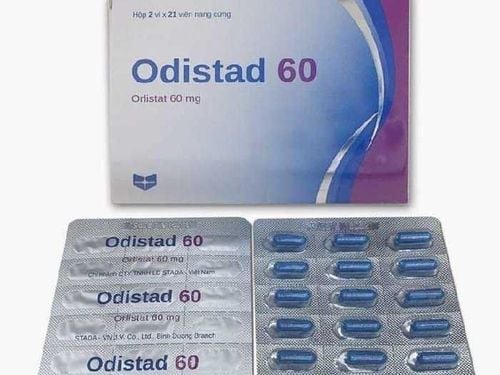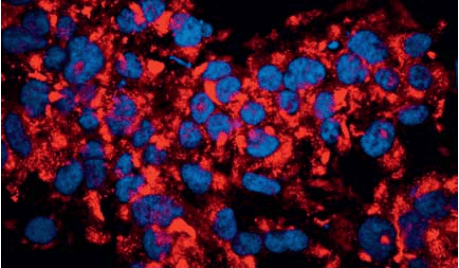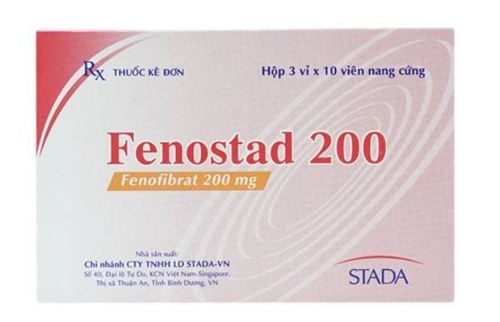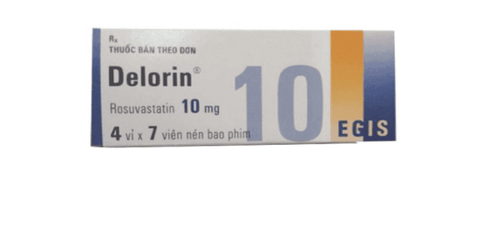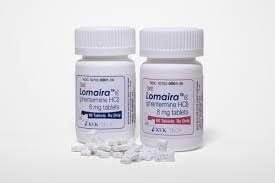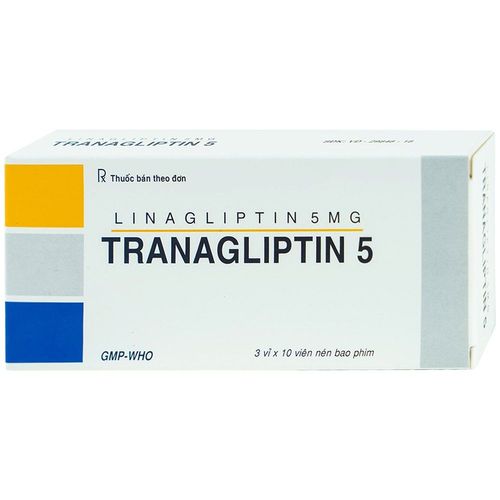This is an automatically translated article.
What is Actidine? Actidine medicine 50mg has the main ingredient containing the active ingredient Acarbose with a concentration of 50mg belonging to the group of hormones, hormones. So what are the specific uses of Actidine 50mg?
1. The effect of the drug Actidine 50mg
The active ingredient Acarbose in Actidine 50 is a Tetrasaccharide that inhibits the intestinal alpha-glucosidase enzyme, especially sucrase, anti-diabetes, slows absorption and digestion of carbohydrates. As a result, blood glucose rises more slowly after eating, reducing the risk of hyperglycemia and having less fluctuations in blood glucose levels during the day.Active ingredient Acarbose does not increase insulin secretion contrary to the antidiabetic drug Sulfonylure. When used as monotherapy, Acarbose also did not cause a decrease in fasting blood glucose. In patients with poor results with other conventional therapies, acarbose may be added to help improve blood glucose control.
Actidine 50 is indicated for use in the following cases:
In monotherapy: Used as an adjunct to diet and exercise to treat type 2 diabetes in people with hyperglycemia which cannot be controlled by diet and exercise alone. Actidine 50 is also combined with a sulfonylurea to treat patients with hyperglycemia that cannot be controlled by sulfonylurea or acarbose alone, as an adjunct to diet and exercise to treat type 2 diabetes. Actidine 50 should not be used in the following cases:
Not indicated for use in patients with a history of hypersensitivity to Acarbose or any of the excipients contained in Actidine 50. Do not use in patients with hypoglycemia, diabetic ketoacidosis, intestinal inflammation, especially associated with ulcers, increased liver enzymes, liver failure, not for people prone to diseases due to increased intra-abdominal pressure. (hernia) due to the ability of Actidine 50 to create gas in the intestines. Not for use by pregnant women and nursing mothers.
2. Usage and dosage of Actidine 50mg
2.1. How to use Actidine 50 Actidine 50 is produced in the form of tablets that should be taken orally (can be chewed with the first meal or taken with a little water). The drug should be taken at the beginning of a meal to reduce postprandial blood glucose levels. Efficacy and tolerability vary from patient to patient, so the dose should be adjusted by the physician to each individual case.
2.2. Dosage of the drug Actidine 50 In adults and the elderly: The usual starting dose is 1 to 2 times / day, 1 time 1 tablet. Then, depending on the response, the dose can be increased up to 3 times in 1 day. In case the patient has experienced unpleasant complications and must adhere to a strict diet, the dose should not be increased, when necessary, the dose can even be reduced. The maximum dose is 200 mg in 1 time, 3 times a day.
Actidine 50 should not be used in adolescents, children and people with renal failure whose serum creatinine is greater than 2 mg/dl.
2.3. Overdose and overdose management Patients may experience symptoms such as flatulence, abdominal distension, diarrhea when using the drug with water or food containing carbohydrates (polysaccharide, oligosaccharide or disaccharide).
In case of overdose, within the next 4 to 6 hours, the patient must not use drinks and foods containing carbohydrates.
3. Undesirable effects of the drug Actidine 50mg
When indicated for treatment with Actidine 50, besides the effects of the drug, patients may experience the following undesirable effects:
Common side effects such as nausea, bloating, diarrhea bleeding, broken stools and pain. Less common side effects include: rash, pruritus, abnormal liver function test. Rare side effects such as hepatitis, jaundice. When experiencing adverse effects, patients can still continue treatment in combination with a reduced sugar diet, which can minimize the side effects encountered on the gastrointestinal tract. Use the lowest starting dose and then gradually increase until desired therapeutic results are achieved. Do not arbitrarily use antacids to treat these gastrointestinal side effects, it is necessary to notify the doctor for more reasonable and effective treatment instructions.
4. Actidine 50mg . drug interactions
Limit or avoid the use of foods and drinks containing sugar because Carbohydrates are enzymes in the colon that increase causing discomfort in the gastrointestinal tract during the patient's treatment with Actidine 50. Actidine 50 may interfere with iron absorption or metabolism. The effect of blood glucose control is additive when Actidine 50 is used in combination with the anti-diabetic drugs Biguanide or Sulfonylure. The concomitant use of Actidine 50 with cholestyramine, antacids, intestinal adsorbents and digestive enzymes should be avoided.
5. Notes when using Actidine 50mg
It is necessary to monitor liver transaminases during the use of Actidine 50 because it may cause an increase in liver enzymes. When Actidine 50 is co-administered with other antidiabetic agents such as insulin or sulfonylurea, hypoglycemia may occur. In diabetic patients who have had complications of hyperketosis, acidosis or coma, treatment with Actidine 50 alone is not effective because it is ineffective. Do not use Actidine 50 for children < 15 years old, patients with peptic ulcer disease, liver failure, hepatic coma, renal failure, myasthenia gravis. Actidine 50 does not affect the patient's ability to drive and use machines. Store Actidine 50 in a cool, dry place, avoid direct sunlight or high temperature because it can change the ingredients in the drug, the appropriate storage temperature is from 25 to below 30 degrees C. Keep out of reach of children, avoid using the wrong medicine.
Please dial HOTLINE for more information or register for an appointment HERE. Download MyVinmec app to make appointments faster and to manage your bookings easily.




